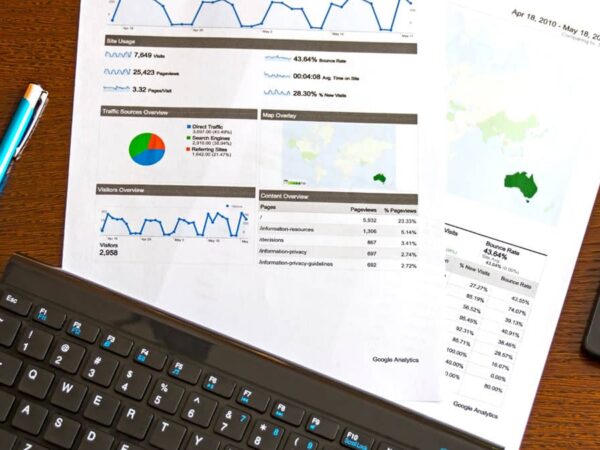Creating a Small Business Budget
Creating a business budget is necessary to track income and expenses to help you reach your business goals.

One of the most important documents you’ll create as a small business owner is your business budget. Setting up a business budget helps you allocate assets for the present and plan for the future. Without a business budget, you don’t have a clear understanding of where your money is going.
A business budget is a crucial part of your business plan. It’s the tool you use to monitor your financial health and identify problem areas and opportunities for growth. It’s a way to take realistic stock of your company’s cash flow and make sure that you’re operating within it. Creating a business budget is also a great way to put your financial goals on paper so you’re more likely to remember and meet them.
You may have experience with creating your personal budget, and the same basic principles apply. Even if you’ve never created a budget before, the process of generating a budget doesn’t have to be stressful. At the most basic level, all you need to do is figure out your income and expenses.
1. Choose A Business Budget Method
Your business budget is a tool that you’ll use daily, so you need to find a method that is comfortable and practical for you. Some people like to build their own spreadsheets and others rely on accounting software. You may even choose to do it by hand. The key is creating a system that’s clear, provides all the information you need, and is easy for you to use.
2. Find Your Fixed Costs
Fixed costs don’t fluctuate with the amount of business you’re doing. For example, your lease payments, loan payments, insurance, and salaries are all fixed expenses. These are an easy place to start since you typically know with certainty what they are – your lease payment is going to be the same every month.
3. Find Your Variable Costs
Variable costs will change depending on how much business you’re doing. If you’re running a coffee shop, for example, the amount you spend on coffee in a month will vary depending on how much coffee you’re selling. Common variable costs include:
- Inventory
- Marketing
- Banking costs
- Contracting costs
- Professional costs (attorneys, accountants, financial advisors)
- Office supplies
- Transportation
- Miscellaneous expenses
- Taxes
It can be a little tougher to appropriately budget your fixed costs – you can’t always predict how much inventory you’re going to need. As your business gets older, you’ll start to develop a sense of the ebbs and flows of your business over the course of a year and you’ll have an easier time calculating the likely costs. Early on, you’re going to have to make educated guesses based on how much business you expect to do.
4. Forecast Your Business Earnings
We’ve covered the expenses – that’s the money going out. Now we need to work out how much money is coming in.
Your business income is based on projected sales. Using the data at hand, arrive at an educated guess for what your projected sales will be. Make a reasonable guess about how many customers you’re going to have and how much money you’re going to bring in and adjust it as you get more information.
The total amount of money your business brings in is called your “revenue.”
5. Bring It All Together
Take your projected revenue and subtract your projected expenses for the month. That’s your business’s “net income.” If you put together your business budget and find a negative projected net income, you’ll need to adjust your expenses or revisit your assumptions about your revenue stream until you get that number into the black.
Using Your Business Budget
At the end of each period (usually a month), you’ll need to check your business budget and adjust it. Were your projections close to accurate last month? What do you need to change for the coming month?
Remember, your budget is meant to act as a guide, not an iron-clad set of rules. Your projections are likely to be inaccurate when your business is new; there’s just no way to know for sure how much you’ll spend or take in. The key is adding more information to your budget as your business gets older so that your projections become more and more reliable.
Once your budget is reliable, you can use it to find places where you can cut expenses or increase income—it will become another tool for making your business as successful as it can be!
Learn More About Small Business Budgets
When it comes to your finances, you want clear guidance and easy to implement tools based on your unique needs. Visit Learn with AOF to get started strengthening your financial management and meeting your goals.
Experience a different kind of financial education. Learn with AOF has flexible, on-demand courses developed by small business owners, for small business owners. Learn on your schedule, with no time commitment or limit. Save your progress any time to fit courses into your busy schedule.








